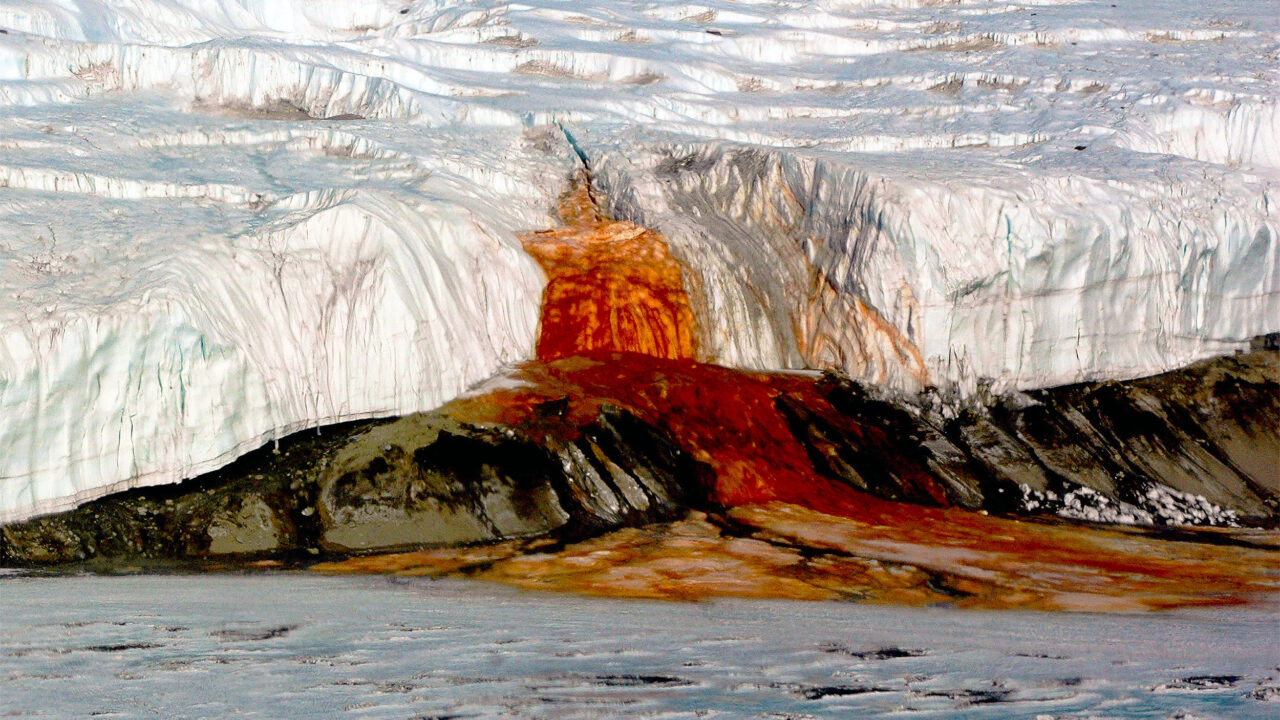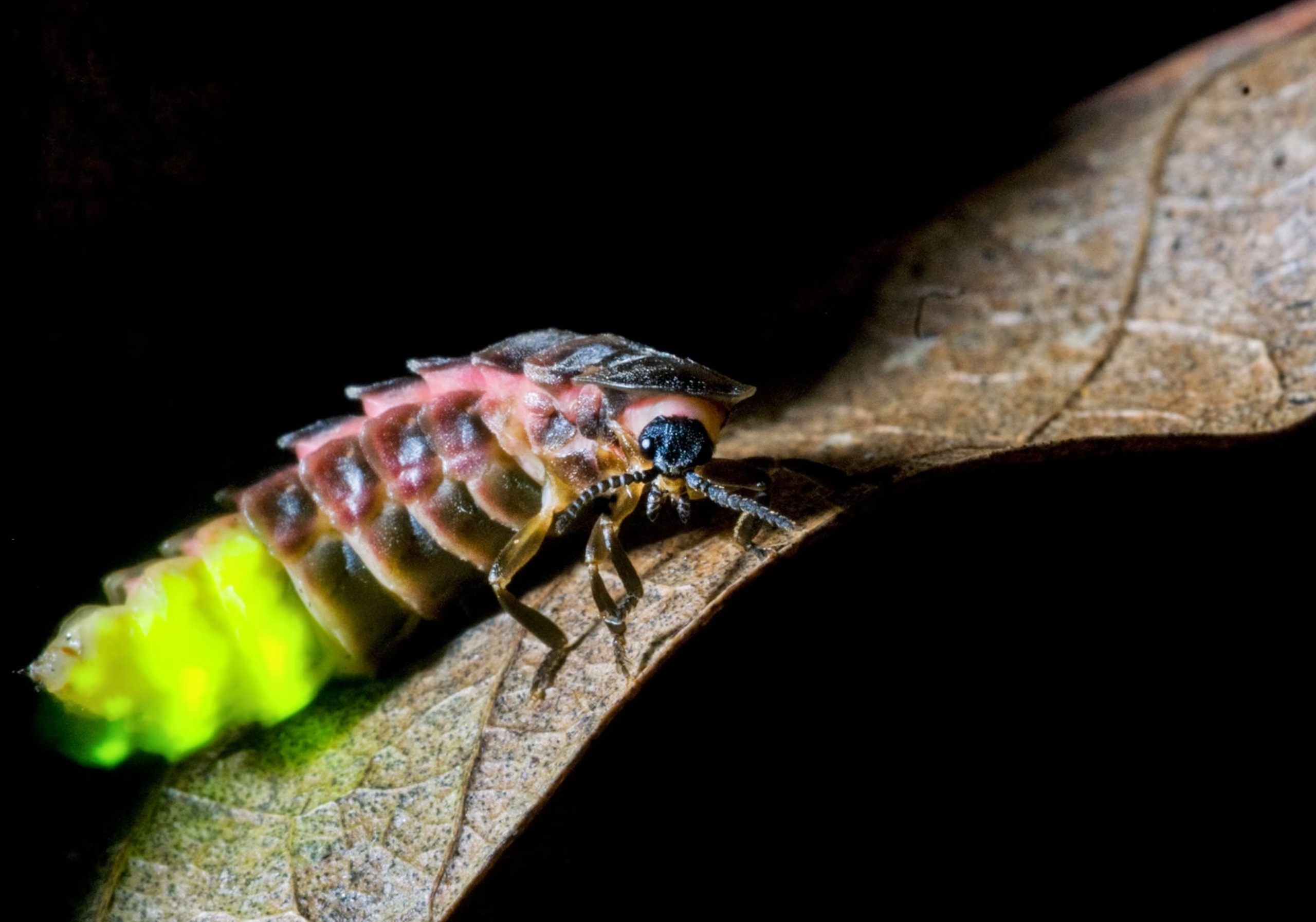What Are Glowworms?
Glowworms are fascinating bioluminescent creatures known for producing their own natural light. Despite their name, glowworms are not actually worms. They are usually insect larvae, most commonly from fungus gnats or beetles. Their glowing bodies create magical blue green lights that illuminate caves, forests, and damp environments at night.
The best-known species include:
- Arachnocampa luminosa (New Zealand glowworm)
- Lampyris noctiluca (European glowworm beetle)
- Orfelia fultoni (North American species)
How Do Glowworms Produce Light?
Glowworms use bioluminescence, a chemical reaction involving:
- luciferin
- luciferase
- oxygen
This reaction produces a cold, blue green light. Glowworms do not generate heat, making their glow extremely energy efficient.
They glow mainly for:
- Attracting prey
- Communication
- Mating signals (for adult beetle species)
Where Can Glowworms Be Found?
Glowworms thrive in cool, humid, and dark environments. You can find them in:
• Glowworm Caves
The most famous is the Waitomo Glowworm Cave in New Zealand, where thousands of glowworms create a star-like ceiling inside limestone caverns.
• Forests and Wetlands
European and Asian species are commonly found on mossy logs, bushes, and forest floors.
• Underground Tunnels
Abandoned mines and damp tunnels often become glowing habitats for colonies of glowworms.

Why Do Glowworms Glow? The Purpose Behind the Light
Glowworms use their glow to survive, including:
1. Hunting for Food
Glowworms dangle sticky silken threads that glisten in the dark. Insects attracted to the light fly toward it and become trapped.
2. Protection From Predators
Their glowing bodies can confuse potential threats or make them appear toxic.
3. Attracting Mates
Adult glowworm beetles use bioluminescence to signal potential partners.
The Magic of Glowworm Displays
Glowworm colonies often create breathtaking natural light shows. When thousands of glowworms glow together, they produce an effect similar to:
- a starry night sky,
- floating galaxies,
- or a bioluminescent constellation inside a cave.
This makes glowworm tourism very popular in countries like New Zealand, Australia, and the UK.
Best Places in the World to See Glowworms
- Waitomo Glowworm Caves, New Zealand
- Glow Worm Tunnel, Australia
- Blue Mountains, Australia
- Aberdeenshire, Scotland
- Tennessee and North Carolina, USA
These locations offer guided tours where visitors can safely observe glowworms without disturbing their delicate habitats.
How to Photograph Glowworms
Since glowworms shine in total darkness, photographing them requires:
- long exposure settings
- stable tripod
- wide aperture lenses
- no external flash
Patience is essential because glowworm light is soft and needs time to accumulate on the camera sensor.
Conservation: Are Glowworms Endangered?
Glowworms are sensitive to environmental changes. Threats include:
- habitat destruction
- pollution
- trampling by tourists
- excessive light exposure
Many countries now protect glowworm habitats through regulated tourism and conservation programs.





